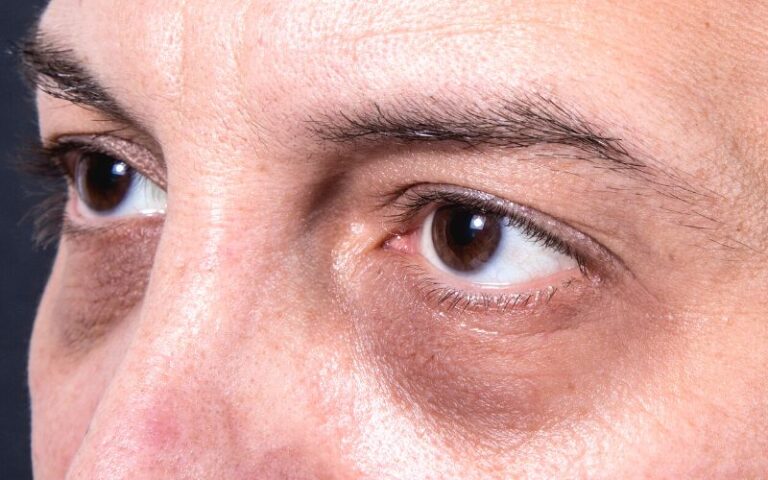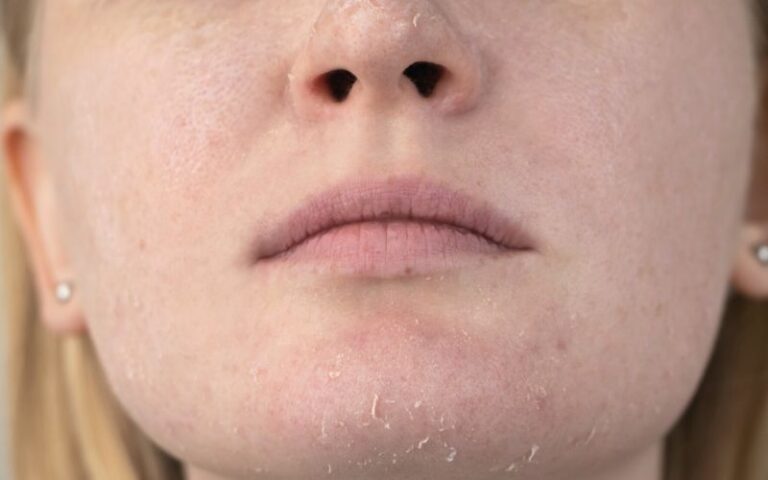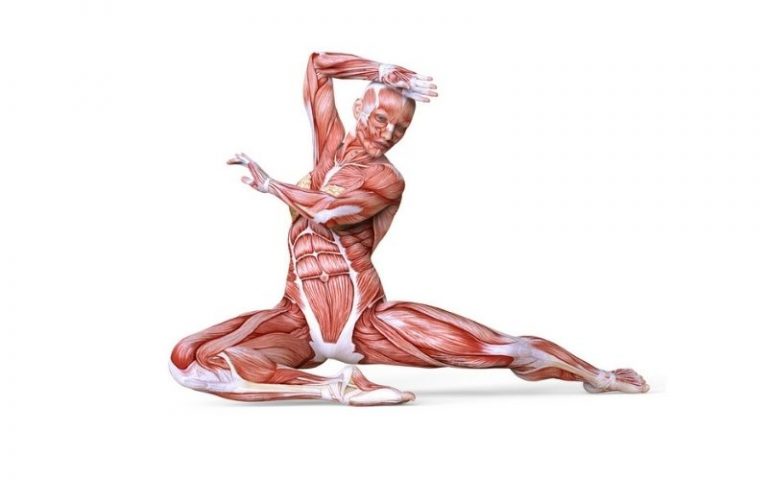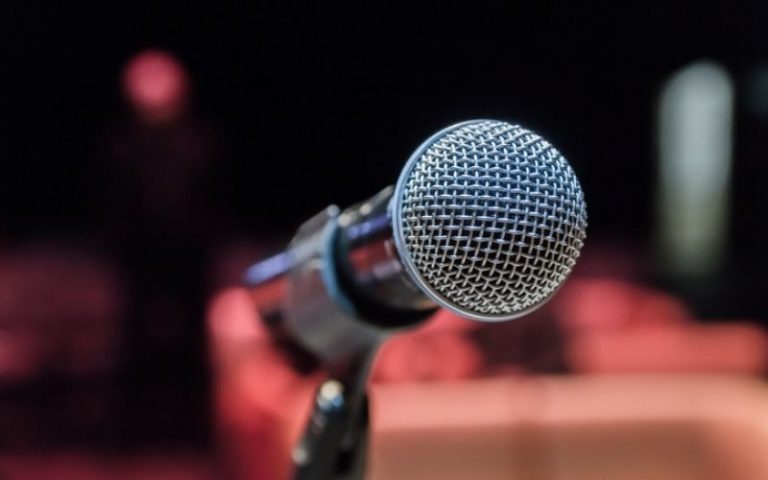The Benefits And Risks of Dry Brushing

Dry brushing uses a specific firm-bristled brush to gently exfoliate your skin. Some individuals use it in their skincare regimen to reestablish firmness, eliminate dry skin flaking, and promote blood flow to particular body regions.
Ancient societies used dry brushing as a kind of healing. However, it has gained popularity recently because various influencers and celebrities swear by this low-cost method of exfoliating and massaging skin at home.
What Is Dry Brushing?
Dry brushing is a traditional ayurvedic procedure that uses a particular tool with bristles to brush your entire body. Using a dry, stiff-bristled brush to massage the body daily is claimed to help reduce flaky skin, improve the look of cellulite, promote circulation, detoxify, aid digestion, and get rid of toxins.
The rare thing about dry brushing is that it’s incredibly simple to implement into your regimen and feels just as nice when you do it yourself as when someone else does it for you. Because dry brushing is considered stimulating, most experts advise doing it in the morning instead of before bed.
Some individuals use the brush by themselves, while others coat it with body oil before using it. If you plan to use cleansing oil on the brush, you should shower before skin brushing. If not, shower after skin brushing and apply lotion or oil. It’s also wonderful to do alongside a sauna or steam room.
How To Dry Brush Your Skin?
The dry brushing process doesn’t mean scrubbing your body with a brush randomly. To achieve maximum benefits, you must follow the proper steps:
- Start at the feet or ankles and work up the limbs using long, smooth strokes with a brush with natural bristles.
- Next, circularly rub your back and torso with the brush.
- Lighten up the pressure as necessary because this treatment may be a little too much for delicate parts like the abdomen, breasts, and neck.
- Give extra attention to the area under the upper arms where many lymph nodes are present.
- You only need a few overlapping swipes for each area. Long-term contact with the same region might irritate or even result in bleeding.
- Use a delicate brush on your face.
- When you dry brush, take a shower immediately to rinse off dead skin cells and other dirt particles.
- You may apply lotion or moisturizer if you desire and use sunscreen if you plan to go out since dry brushing may leave your skin more susceptible to the sun.
Suppose you feel unpleasant sensations, irritation, redness, or inflammation while dry brushing, try doing lighter strokes. If you continuously feel these sensations or symptoms, stop doing this technique.
People with sensitive skin can utilize dry brushing once every couple of weeks to minimize sensitivity. Individuals with skin conditions like psoriasis, eczema, and dry skin must avoid dry brushing since it may aggravate the symptoms and cause painful irritation.
The Benefits Of Dry Brushing
There are many perks associated with dry brushing, including brightening skin and effectively moisturizing your skin. Some of the benefits include:
- Improves Blood Circulation: You might notice some redness or irritation on your skin after dry brushing. It generally occurs due to increased blood circulation in the areas you’ve been dry brushing.
- Brightens Your Skin: Dry brushing, an excellent physical exfoliator, removes the dead skin cells from the top layer. It improves cell turnover and reduces the appearance of pores, thus improving the appearance of the skin to give you a shiny glow.
- Detoxify: Dry brushing unclogs your pores through the exfoliation process. Unclogging your skin pores makes it pretty easier for the body to sweat and flush out toxins effectively.
- Plumps Up The Skin: Due to the short-term skin-plumping effect it produces, it lessens the appearance of cellulite.
- Stimulates The Nervous System: Dry brushing has the added benefit of stimulating your neurological system, which can help you feel better. Like a massage frequently does, it could also leave you feeling energized.
- Improves Absorption: Your skin loses its ability to absorb nutrients when dead skin cells accumulate in the pores. Dry brushing opens up the pores and helps the skin absorb nutrients from sunlight and other topical OTC products.
- Encourages Lymphatic Drainage: This method speeds up blood circulation, which facilitates the movement of lymph through the body and speeds up the removal of toxins and illnesses.
Risks Of Dry Brushing
Though dry brushing can be a safer alternative, there are a few drawbacks associated with it that you must keep in mind to protect your skin.
- Overdoing: Brushing your skin too hard or harshly can cause irritation and skin abrasions. Your skin shouldn’t feel unpleasant sensations such as burning or stinging. Dry brushing should make you feel good. If it doesn’t, you may be doing it aggressively.
- Skin Conditions: People with underlying skin conditions such as eczema and psoriasis may aggravate the symptoms, including skin irritation, redness, and bleeding.
- Infections: Dry brushing on open wounds may introduce bacteria and cause skin damage. It can lead to micro tears of the skin and potentially cause skin infections.
- Dry Out The Skin: Frequent dry brushing can leave your skin drier. You must moisturize after every session to prevent dryness. Remember, dry brushing is not ideal for all skin types.
- Moles/Warts: Dry brushing may damage or inflame moles or other skin growths. It may also break cold sores and warts, causing the spread of the virus to other parts of the body through the contagious fluid.
A Word Of Caution
Rinse your brush thoroughly with mild shampoo or soap after completing your brushing routine, and dry it out in an open, sunny area to prevent mildew. Sharing your brush with others is not advisable since it may increase the risk of the spread of infection.
Bottom Line
Dry brushing can be invigorating, but choosing the right brush and method is the key. It can be relaxing and leave your skin soft and smooth. Since there is no recommended frequency for dry brushing, see what works for you and how your skin tolerates it. Be realistic about your results. If you have persistent issues with dry brushing, stop it and see a skin specialist.
FAQs
Q: What is the perfect method for brushing your dry skin?
A: The perfect method always depends on your skin type and skin needs. The only requirement is to massage your skin in gentle circular motions upwards towards your heart area.
Q: Which is the best time to do dry brushing?
A: The best or most effective time for dry brushing is just before a shower. Thus, you can easily wash off dead and flaky skin cells.
Q: How often should you dry brush for better results?
A: Weekly 3-5 times is the most recommended practice. You can try it even daily if it does not cause skin irritation.
References
- The Benefits and Risks of Dry Brushing: https://www.healthline.com/health/dry-brushing
- The Truth About Dry Brushing and What It Does for You: https://health.clevelandclinic.org/the-truth-about-dry-brushing-and-what-it-does-for-you/
- Dry Brushing the Skin: What You Need to Know: https://www.verywellhealth.com/dry-brushing-the-skin-4177763
- I finally took up dry brushing this year, and here’s why you should too: https://www.vogue.in/beauty/content/what-is-dry-brushing-best-dry-brushes-to-buy-skincare
- Dry Brushing 101: https://www.byrdie.com/dry-brushing-body





